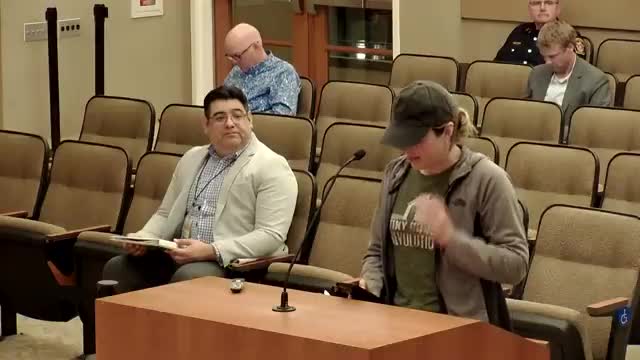West Sacramento Council proposes Tiny Homes on Wheels ordinance to address housing crisis
April 11, 2025 | West Sacramento, Yolo County, California
Thanks to Scribe from Workplace AI and Family Portal , all articles about California are free for you to enjoy throughout 2025!

This article was created by AI using a video recording of the meeting. It summarizes the key points discussed, but for full details and context, please refer to the video of the full meeting. Link to Full Meeting
During the meeting, speakers underscored that the ordinance is not merely a policy change but a commitment to providing safe, stable, and affordable shelter for all residents. Andrea Montoya, a key proponent, described the ordinance as a culmination of community collaboration aimed at meeting evolving housing needs. She noted that the proposal includes a comprehensive application process designed to ensure transparency and safety, addressing concerns about eligibility, design standards, and zoning regulations.
Montoya emphasized the importance of tiny homes as a sustainable housing solution that can help families remain close to one another while accommodating the growing population. She expressed gratitude for the opportunity to present the ordinance, which she believes will positively impact the entire region.
Other speakers, including Michelle Burke and Maria Grijalva, echoed these sentiments, advocating for the ordinance as a means to comply with state laws and address the urgent need for low-income housing. Grijalva pointed out that the city has been out of compliance with California law regarding tiny homes and criticized the potential for exorbitant fees that could discourage their development.
The council's discussions reflect a broader commitment to equity and sustainability in housing policy. As the city moves forward with this ordinance, it aims to create a clear pathway for tiny home development, fostering a community that values diverse living arrangements and addresses the pressing housing challenges faced by many residents. The next steps will involve further deliberation and potential adjustments to ensure the ordinance meets the needs of the community while adhering to legal standards.
Converted from City Council 4/9/25 meeting on April 11, 2025
Link to Full Meeting
Comments
View full meeting
This article is based on a recent meeting—watch the full video and explore the complete transcript for deeper insights into the discussion.
View full meeting
